South Tellaiti
Holy Land of the Abreanists
Perhaps a day will come when the sons and daughters of Abrea break the chains that bind our fatherland. A day when the lords of this land can proudly sing songs in our mother tongue in defiance against the easterners.
Climate and Nature
The inhabitants of the region enjoy a pleasant climate where the waters are warm and the winters gentle. Pilgrims from far-off lands have oft referred to South Tellaiti as a paradise, but nevertheless, the locals have found plenty of things to complain about. The scorching sun is one such thing. It has forced the people to cover themselves in layers of clothes, but that's been the least of their problems. The more significant concern has been the lack of rainfall coupled with the harsh warmth.Natural Disasters
Even a supposed paradise goes through its hardships. Most of South Tellaiti's natural calamities are related to the sun in some way. Heatwaves kill the inhabitants while raging fires burn through forests, incinerating the flora and all unfortunate enough to get in the way of the blazing inferno. The surface dries up in periods of drought, leading to famine, unrest, and death. When the rain is plentiful, floods and storms may threaten the coastal regions, but thankfully all those disasters are relatively uncommon. The locals are used to such occurrences, and they are generally ready to face them. The rare earthquakes, however, are the disasters that truly catch them off guard.Lords of the Tellaiti
The lands of South Tellaiti are divided between sixteen vassals of the Empire of Pallernen. Fourteen of them are feudal lords who vie for power, land, and political influence. For the most part, territories where the common folk speak Aiterean are ruled by fellow Brels, but there are a few exceptions. Krekietei, a county that controls a peninsula of the same name, has a reputation of being rebellious. A local ruler there had once risen up against the Pentiwichens after seeing weakness and an opportunity. His war had been a remarkable success, inspiring neighbouring counties to fight for their freedom. Unfortunately for the rebels, the Empire recovered from their string of setbacks and crushed all resistance in South Tellaiti. Krekietei survived for a while, but the overwhelming armies of Pallernen brought their free count in Hapei down. His family was stripped of all land, and now an Almer noble sits on his throne.Religious Rights
One of the few non-feudal vassals of the Empire in South Tellaiti is the Kiretiaric of Setaik. They are an Orthodox Abreanist bastion surrounded by a sea of Hillenist heretics. The Kiretia guards over the holy lake and the sacred settlement of Setaik, birthplace to both Abrea and Saint Gilei Hillen. The theocratic Orthodox vassal benefits from the Pentiwichens protection. No other vassal of the Empress is allowed to invade them as they enjoy special privileges under the law. The Kiretiaric of Setaik is a land where all Orthodox Abreanists are freely allowed to practise their old religion without fear of the Inquisition of Athe or anything else.Merchant Republic
Ships from the southeastern countries such as Vivernia and Enliten regularly pass the southern tip of the Tellaiti subcontinent on their way to the Great Cinnamon Gulf. Due to this constant stream of trade, a lot of wealth flows into the region. All that coin gave way to the rise of South Peolotei, a merchant republic that sought to make use of their profitable location. They were once sworn to a lesser lord, but after accumulating enough wealth, they overwhelmed the countess of Peolotei with all the mercenaries that they were able to afford. Now the free merchantmen are contesting over the trade routes with other merchants. Though their existence is often considered an affront to the feudal rulers of the realm, Empress Sofia has tolerated them, but such mercy came at the cost of a higher tax rate.
List of Vassals
| Administrative Division | Ruler | Status |
|---|---|---|
| Ielipati | L.I. Heiletai | Duchy |
| Lileitpea-Elia | Gilei Kiripetai-Alse | Duchy |
| Ungerlan | G.M. Tichenmenn | Duchy |
| Greater Peratei | Brea Valipatai | Duchy |
| South Peolotei | Iakepei Oiaili | Merchant Republic |
| Setaik | Ulea of Sentijk | Kiretiaric |
| Peolotei | Tave Fellai-Eikenwichen | County |
| Heite | Karolea Bailtai | County |
| Gald | Adole Eikepontai | County |
| Veiolea | V.I. Nateriai | County |
| Krekietei | E.A. Goffenwech | County |
| Vetzenlan | K.J. Wikkerhol | County |
| Euiklen | Ruprecht Knechehol | County |
| Tepent | Hedwig Loitenfrecht | County |
| East Hotsle | Nikolas Merzenwech | County |
| Eibelitz | V.F. Uiklenwichen | County |
History
It's unclear when the first humans arrived in the region or who they were, but the oldest ruins and relics point to the Brelish. They are a people who speak a language unlike any other. Scholars have speculated that there may have been others like them. Whether they were driven to extinction or assimilated into the contemporary Aiterean tongue of the 16th century is still up to debate.Saralian Contacts
In the aftermath of the Ascension of Hillen, the war-weary Saralians were in desperate need for food and supplies. They feared that a brutal winter could bring the downfall of their civilisation and something had to be done to prevent that. While most were hard at work reclaiming and stabilising their territories after years of aberati rule, some of the more adventurous folk went abroad in search for their salvation. Several of these Saralian ravagers had found the way to the fertile shores of South Tellaiti. Instead of raiding the Brelish lands, the adventurers instead offered their services to them in exchange for regular shipments of supplies back to their homeland. Such an arrangement worked well for the locals who then used their new allies to gain a significant military advantage over their foes. When the situation back in their homeland had improved, most of the raiders returned home, but a few of them remained, and they were given farms for their service.United Provinces
After the last of the raiders had either settled down, the divided Brelish realms united under a single flag. The United Provinces of the Tellaiti was created with the belief that their religious and cultural preservation required cooperation between their people. The united nation gave way to the rise of cities such as Sinilea and Sae Vatei, leaving a legacy that would last after their fall.
Alternative Name(s)
Amberland, Brellen
Type
Region
Location under
Included Locations
Owning Organization
Inhabiting Species
Mentians
Entieti
Almers
Latsolians
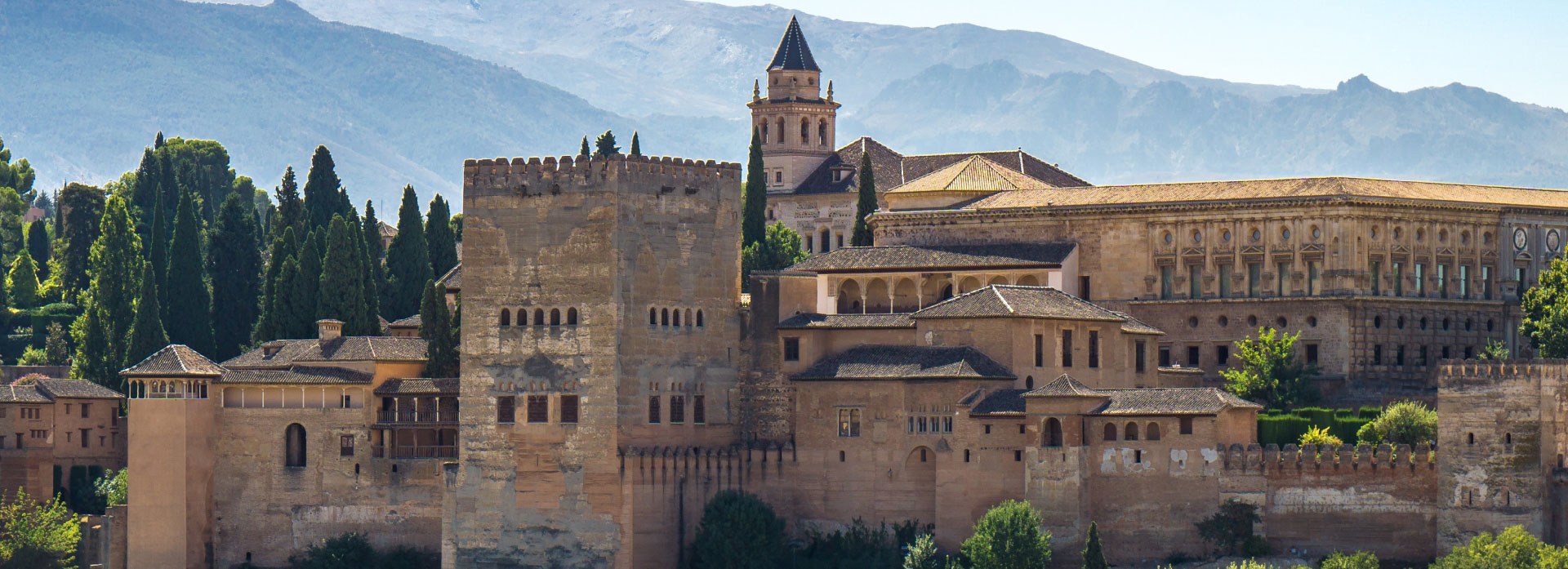
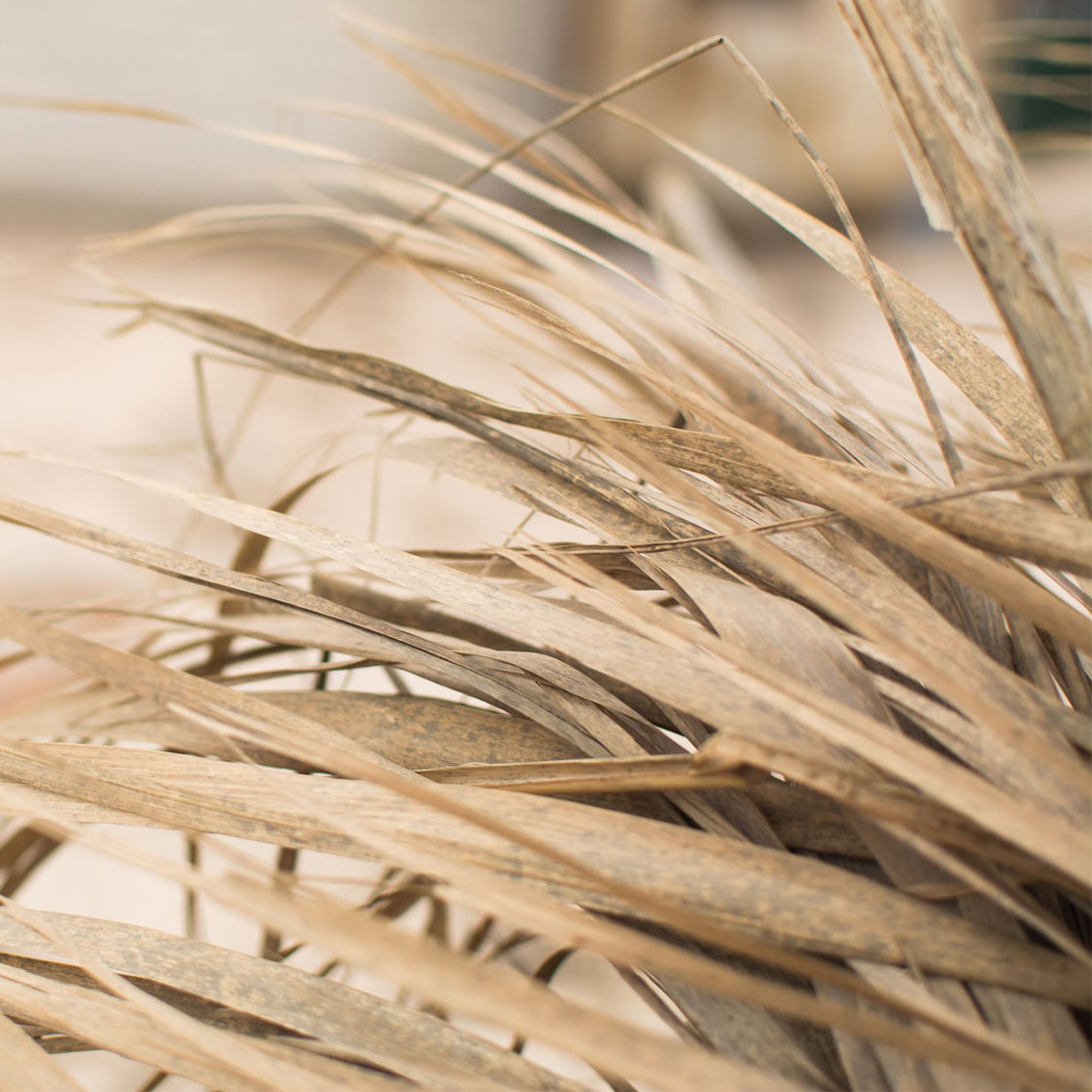
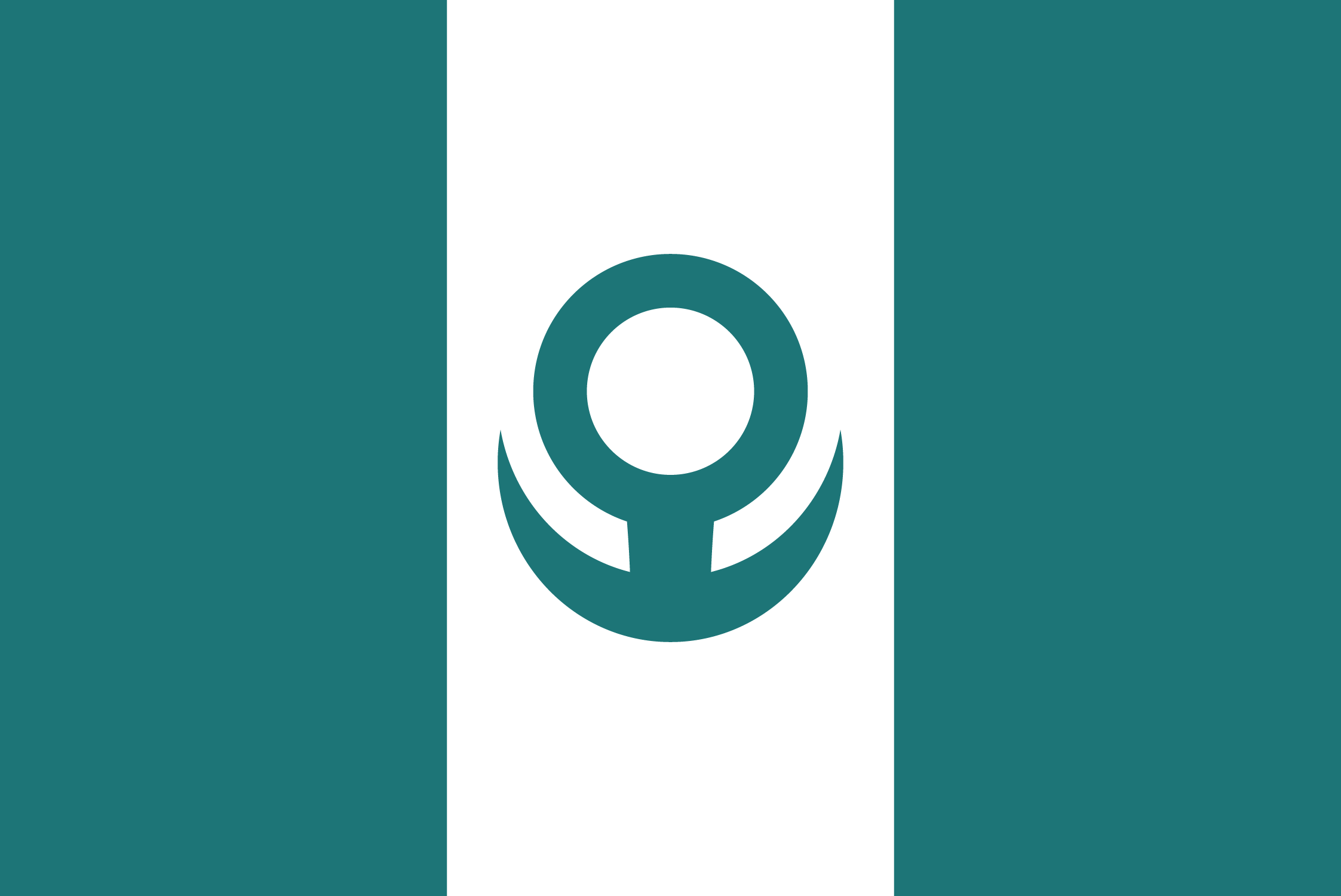
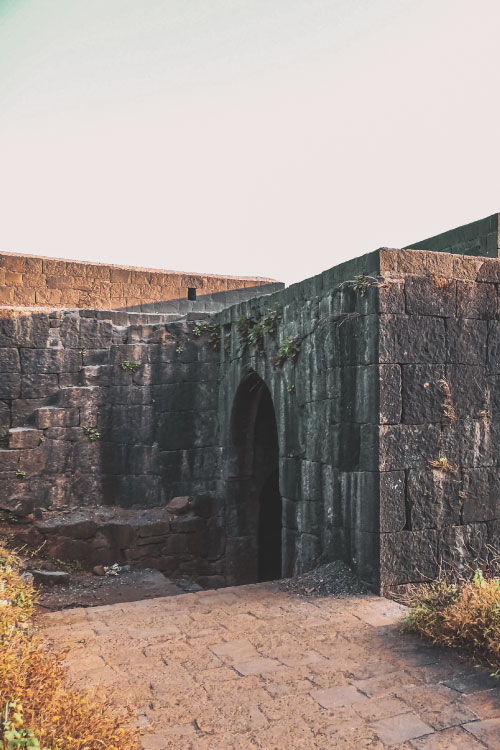


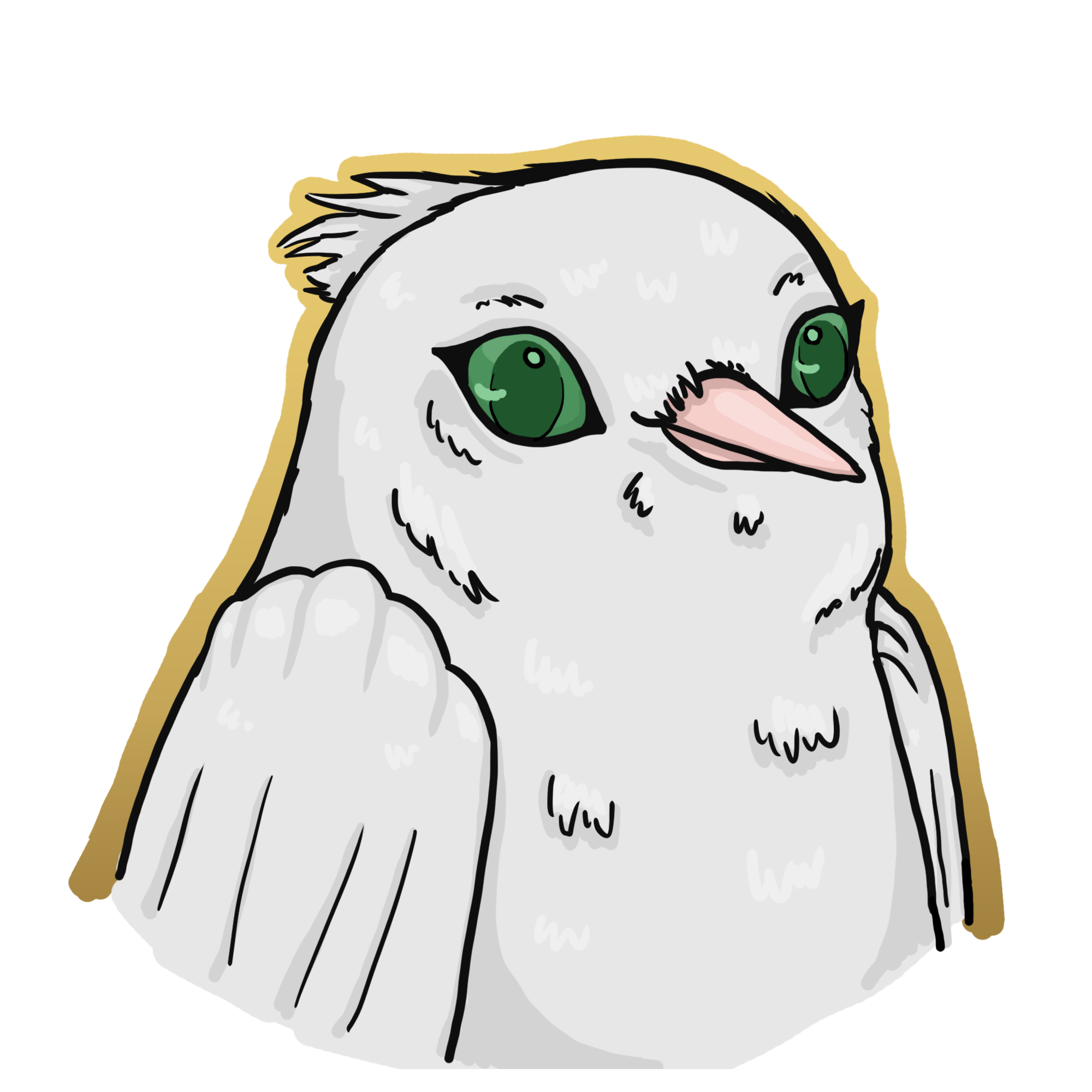


As usual, Dhelian, I'm in awe. This is amazing! The only thing I'm left wondering about is what the ecology ... plant and animal life are like? Given the climate and locale, are there animals unique to the region that play a role in the area's culture?
Thank you for the kind words! I considered adding additional information regarding the wildlife, but the article was getting close to the word limit. Some of the more interesting animals that I thought of were some small local elephants that are used as beasts of burden and maybe some flightless emu-like birds.
Maker of Maps
Oh, very interesting! I will keep an eye out in case you explore this in a different write up!